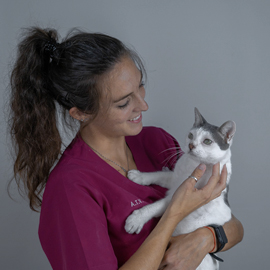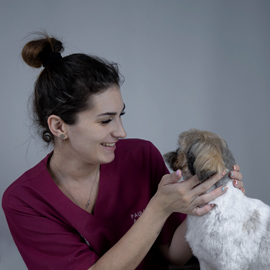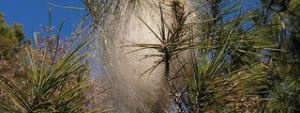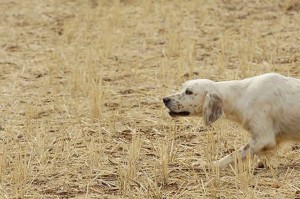The pine processionary
La procesionaria del pino causa graves problemas a nuestras mascotas, especialmente a las más curiosas. Estos ejemplares no puede evitar la atracción que les supone las hileras de orugas peludas bajando de los árboles camino de enterrarse en el suelo donde formarán las crisálidas previas a la salida en verano de las mariposas.
El contacto de este insecto con la piel del perro desencadena una dermatitis urticante. El diagnóstico temprano es fundamental para limitar las secuelas, pero la mejor medida contra esta intoxicación por contacto es la prevención. Debemos evitar a toda costa las condiciones de exposición.
The pine processionary is a butterfly that during the summer lays its eggs on the leaves of pine and some other conifers, aftes 30 or 40 days the caterpillar borns and form a large silk bags, and easily visible, for protection from cold winter. At the beginning of spring, when the soil starts to warm, they go down forming rows of caterpillars, and this is where the danger arises. They are not only very attractive to dogs and cats, so are for kids .... The hairs that surround them are very stinging, the typical case in animals is that when touched them with their tongue it causes glossitis peracute (great swelling of the tongue) including losing half of the tongue in many cases. Another typical frame is acute gastritis when they are eaten. Many times our pets need hospitalization until it passes the worst part, and especially until they learn to drink with his battered tongue.
First aid that must be given are a quick wash with water to remove the language caterpillar hairs that have been attached, and take care, you have to wear gloves because they also can cause a serious rash. During the time the caterpillars go down, especially on windy days, also can be seen many cases of allergies and conjunctivitis, caused by hairs that the wind catchs and get suspended in the air we breathe.
The advice would be to avoid between February and April walking in pine areas, unfortunately, in Benalmadena and Arroyo de la Miel, cases appear every year. Feel free to ask any questions you may have..
















